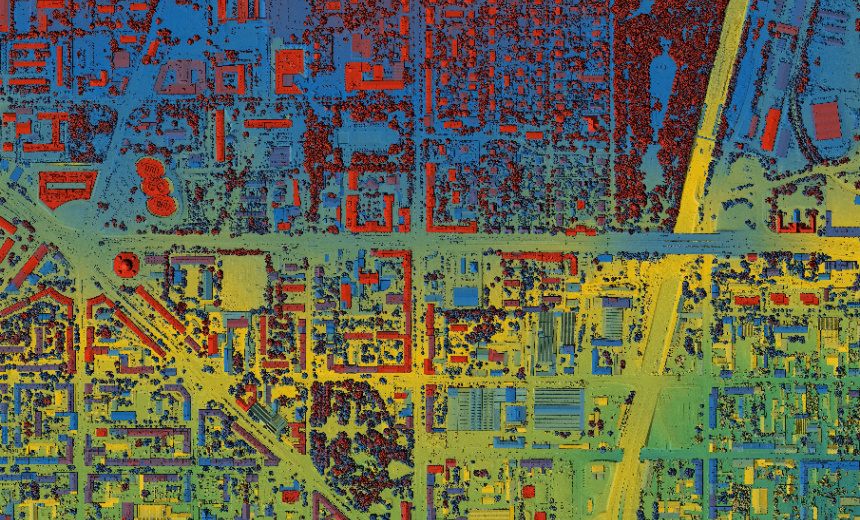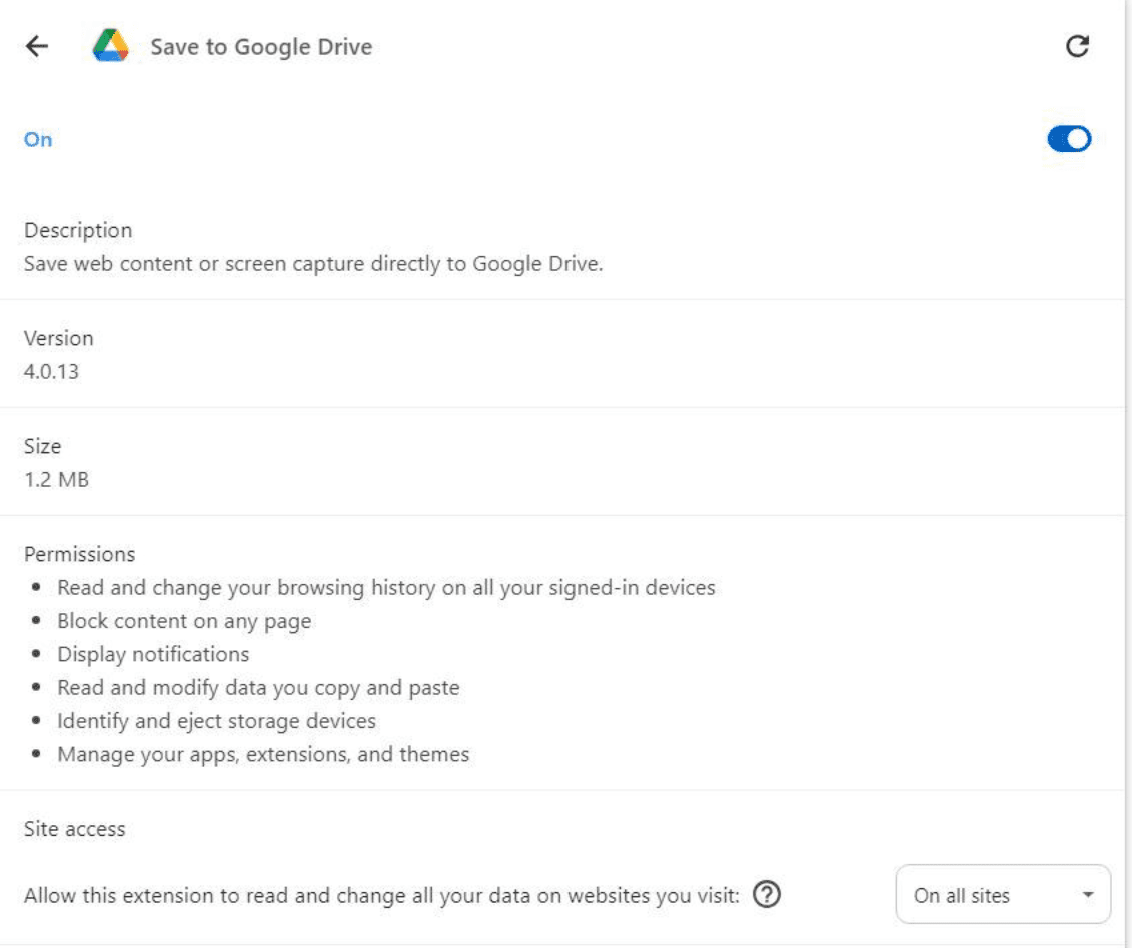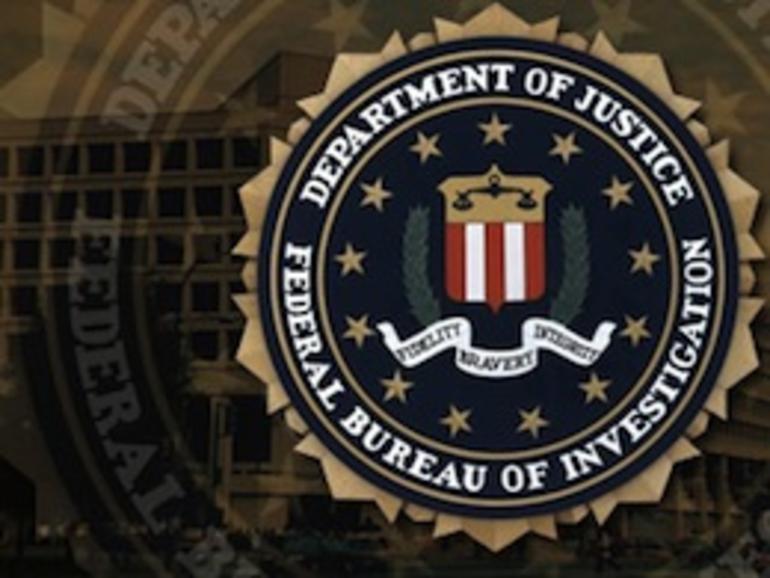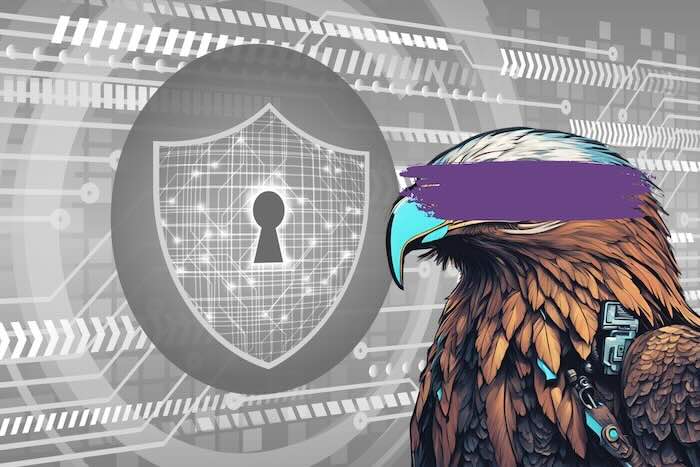The flaw in GeoServer, tracked as CVE-2024-36401 and with a CVSS score of 9.8, was swiftly capitalized on by hackers who launched campaigns using botnet families and cryptominers to spread malicious tools like Goreverse, a reverse proxy server.
This attack begins with victims unknowingly downloading a malicious ZIP archive containing an installer file that sideloads a malicious DLL. This DLL then downloads the LummaC2 Stealer and a PowerShell script from a command-and-control server.
Initially believed to only impact SonicOS management access, it has now been confirmed to affect SSLVPN on SonicWall firewalls, including by Akira ransomware affiliates targeting accounts with disabled MFA and outdated firmware versions.
Despite its connection to FIN7, other threat actors have also employed PackXOR to distribute payloads like XMRig cryptominer and R77 rootkit, often in conjunction with SilentCryptoMiner.
The Department of Health and Human Services’ Health Sector Cybersecurity Coordination Center highlighted the ongoing discovery of vulnerabilities in Tomcat that pose a risk to organizations.
Two men from Russia and Kazakhstan, Alex Khodyrev and Pavel Kublitskii, have been indicted in Tampa, Florida, for operating the Dark Web cybercriminal marketplace WWH Club.
The BlindEagle APT group has recently targeted the Colombian insurance sector. The attack chain starts with a phishing email impersonating DIAN, the Colombian tax authority.
A critical Remote Code Execution (RCE) flaw, CVE-2024-40711, with a CVSS score of 9. 8 has been discovered in Veeam Backup & Replication, allowing unauthorized attackers to take full control over systems.
Apache has addressed a critical remote code execution vulnerability in its OFBiz software, which could allow attackers to run malicious code on Linux and Windows servers. OFBiz is a CRM and ERP suite that serves as a Java-based web framework.
Fog, a variant of STOP/DJVU family, targets various sectors, exploiting VPN vulnerabilities to infiltrate network defenses. After infiltration, Fog ransomware disables protective measures, encrypts vital files, and demands ransom via the Tor network.









